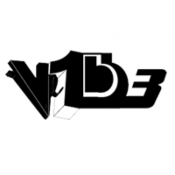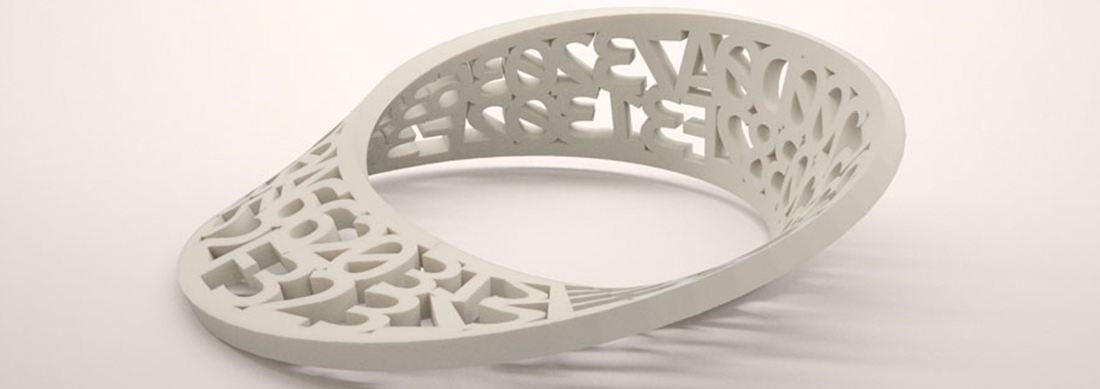Ashley Zelinskie
Statement
The Reverse Abstraction series begins with a simple premise: that humans and computers perceive the world through different languages, and what is concrete for one is abstract for the other. The objects and shapes so familiar in human art can be neither perceived nor conceived by computers in their original form. Likewise, the codes that are so familiar to a computer are merely scattered symbols to human sensibility. The Reverse Abstraction series attempts to bridge the gap by constructing traditional objects in dual forms: as the classical object and as the hexadecimal and binary codes that represent them. Thus, abstraction becomes material, the meanings for humans and computers are united, and the duality is resolved.
Abstraction is a term both used in art and technology. Abstraction in art strays away from the recognizable whereas abstraction in computer science means the opposite for humans but the remains the same idea for computers. As something becomes more abstract in computer science it becomes more recognizable to humans and more complicated for the computer. Binary code is the furthest from abstraction a computer can be. To a computer this is recognizable but a user interface, for example, would be considered abstract to a computer.
Download Zelinskie.stl
Biography
This work is not for us. It is for the future. And robots. That is, each of these pieces takes for granted that computers will outlast their makers, that technology will supplant humanity, and that craft should follow suit. This is art for the Singularity. Today, rigorous science and pure math maintain unbridled influence over technology – as such, our digital heirs are slated to inherit nuanced programming and breathtaking technical specifications. Yet we would render a profound disservice by stopping at numeracy and wire: if the Earth need be handed over to machines, we must prepare them not only to be accurate and efficient, but also cultured. Robots need magic. With regard to information density, the mosaic of human social interaction and artistic endeavor is unrivaled in diversity, ambition and depth. We are bound by duty to pass culture forward yet remain constrained by limitations: how can we sufficiently communicate this history and dialog to unknown, unimaginable and unspecified replacements? This work is an attempt to answer that question and, in fact, to begin that process – the process of translating our vast artistic and social history, in familiar language and appropriate media, to machines. Using simple code, recursive structures, redundant patterns, and emergent media in novel combinations, this work transcribes humanity – for a future without it.
Website: http://www.ashleyzelinskie.com

